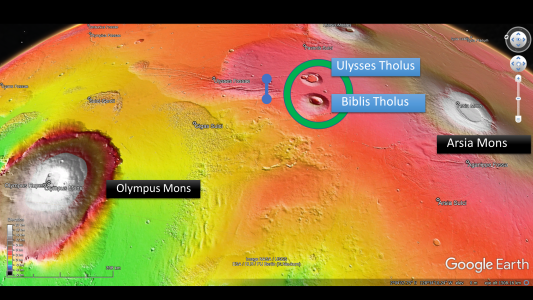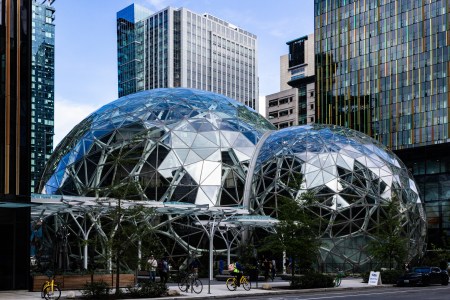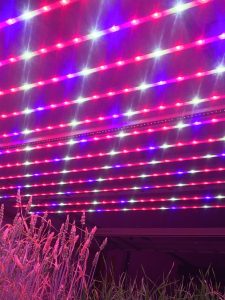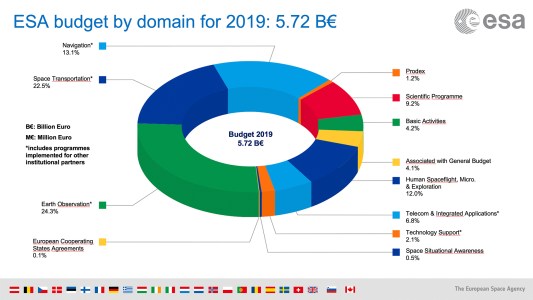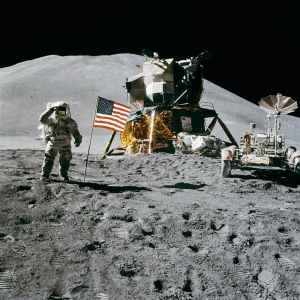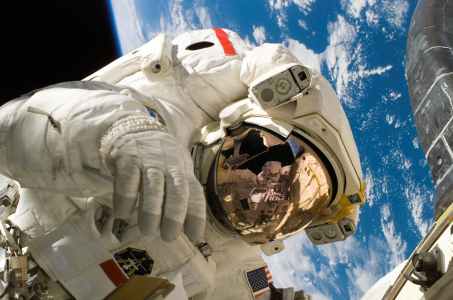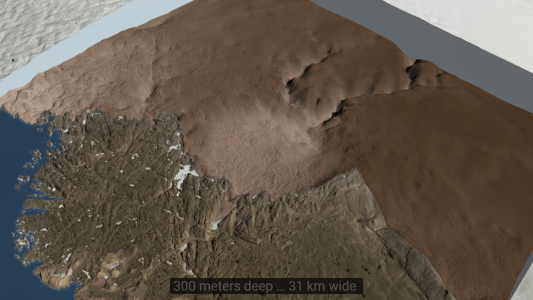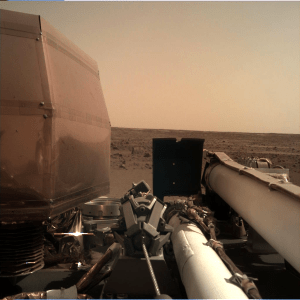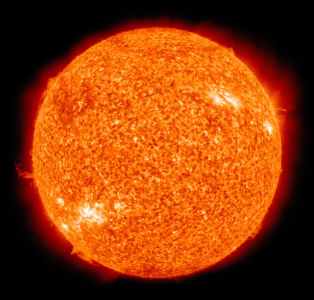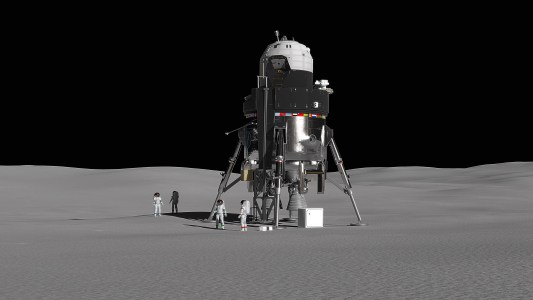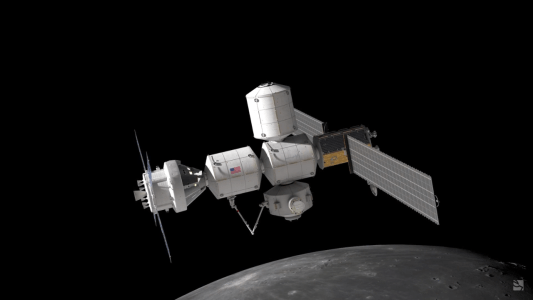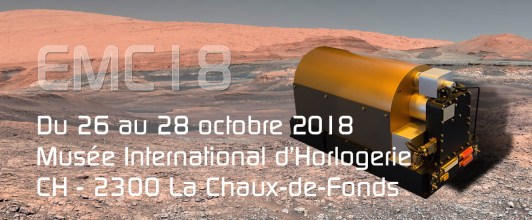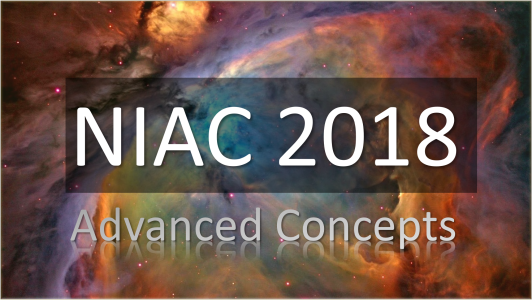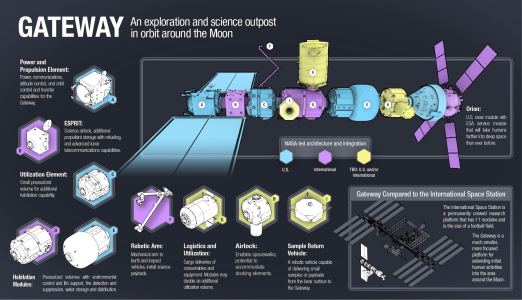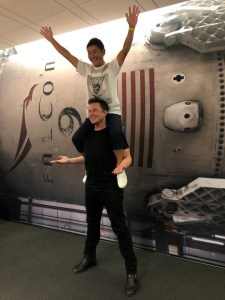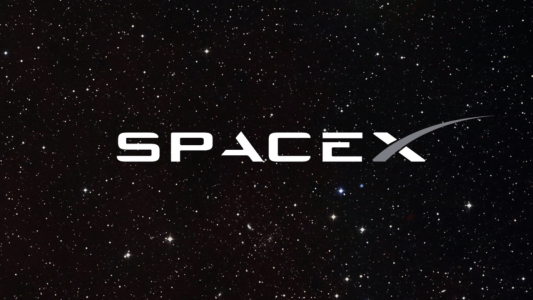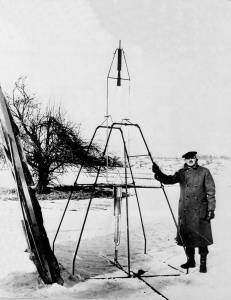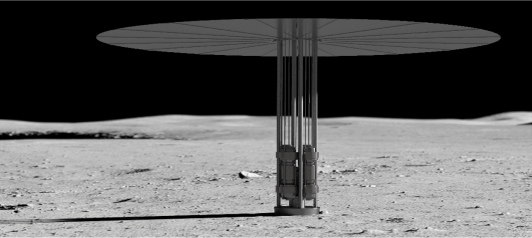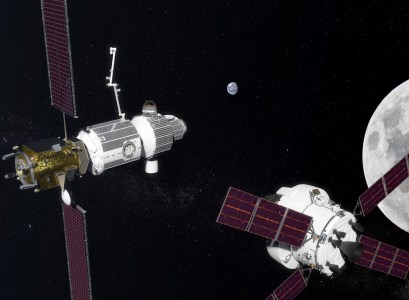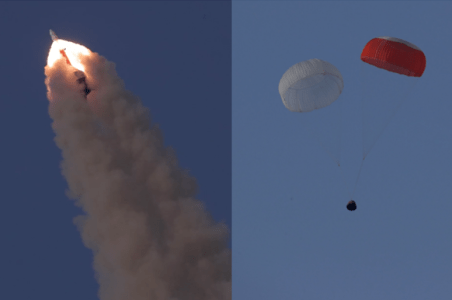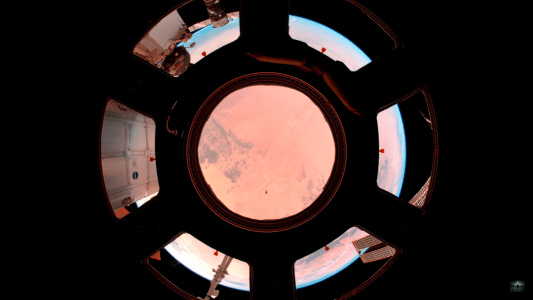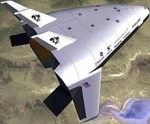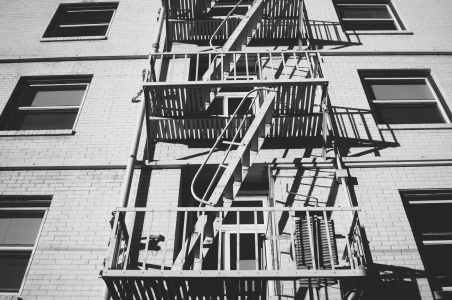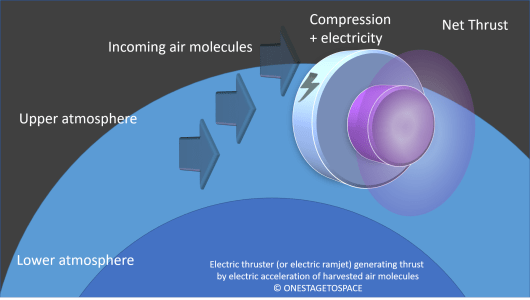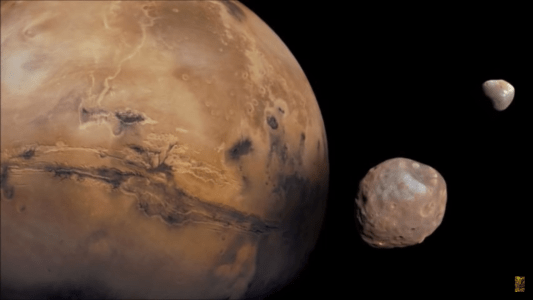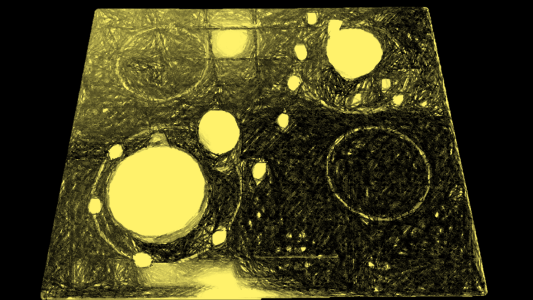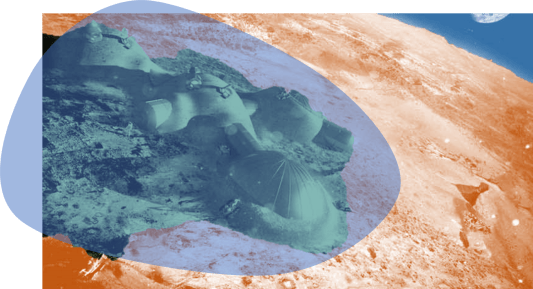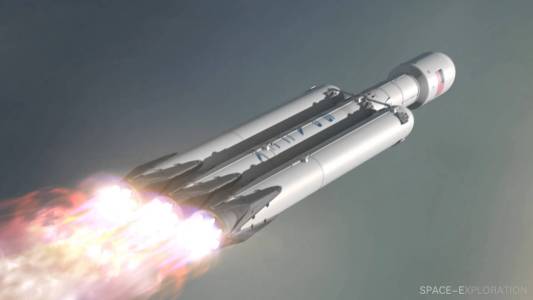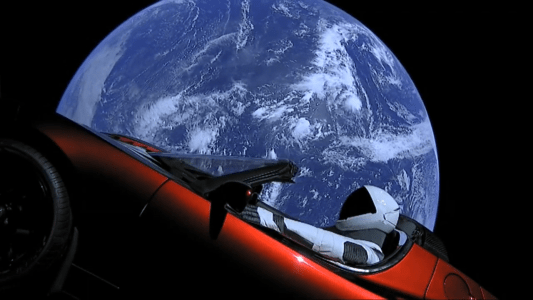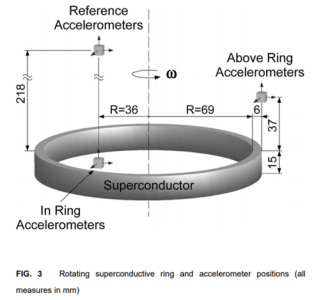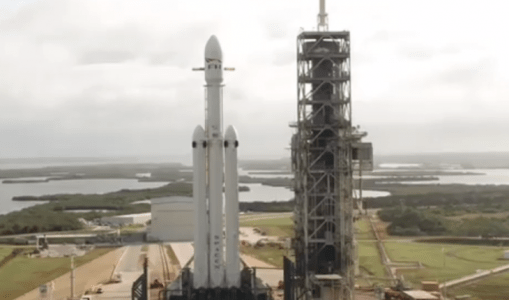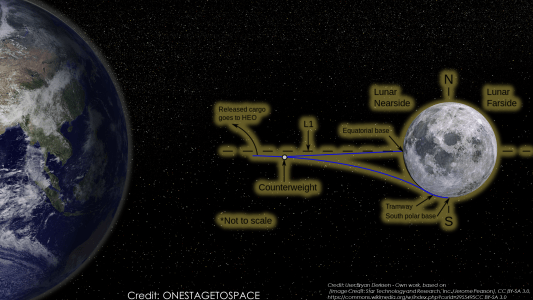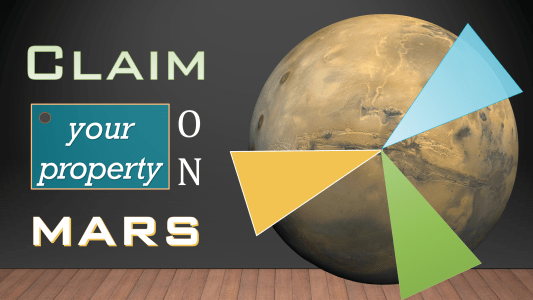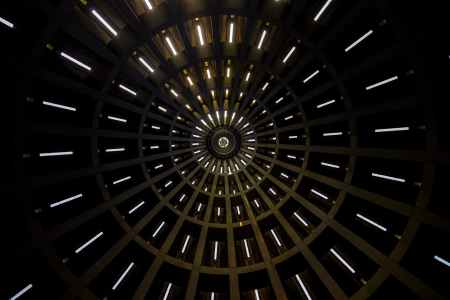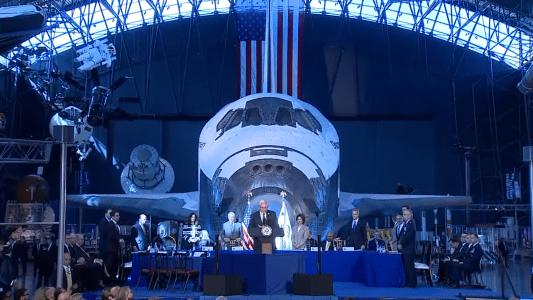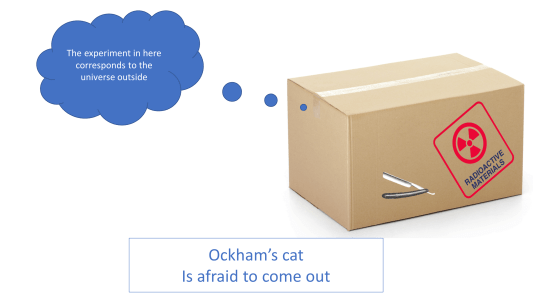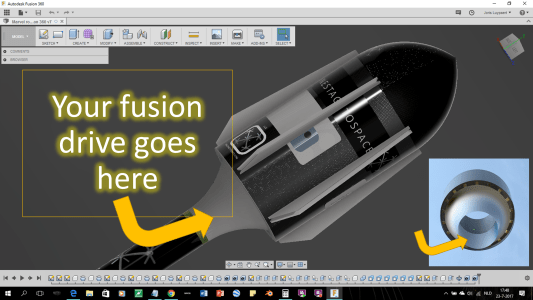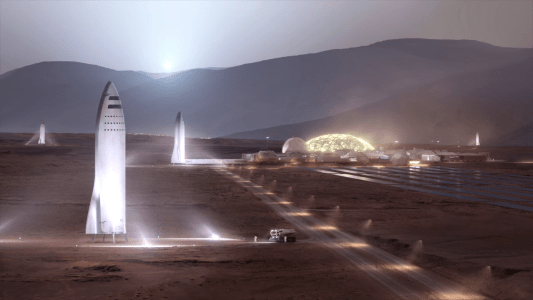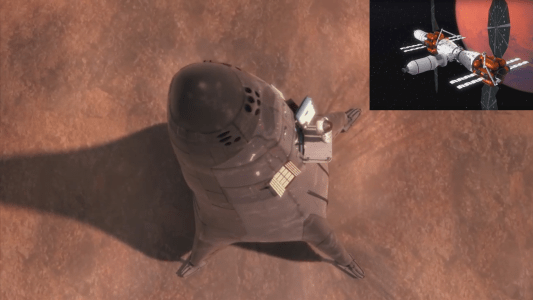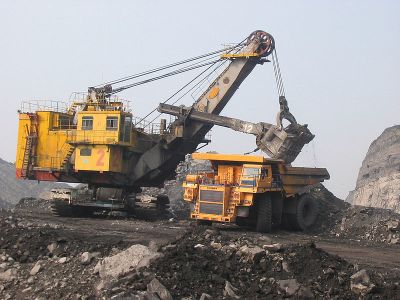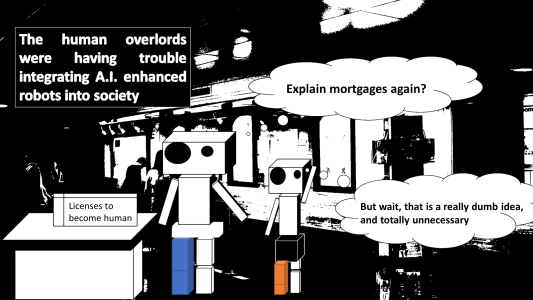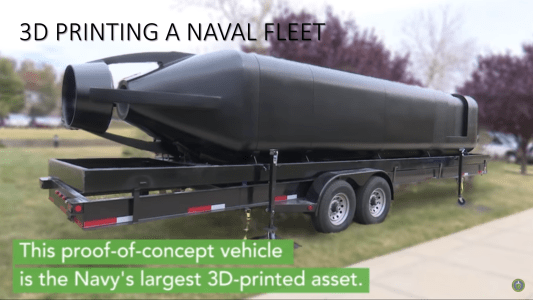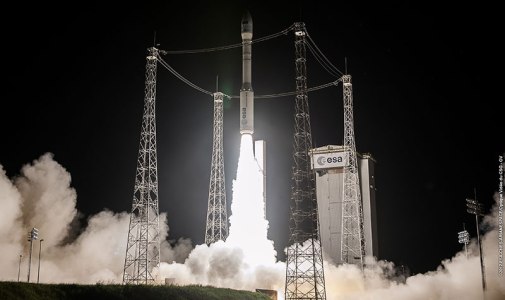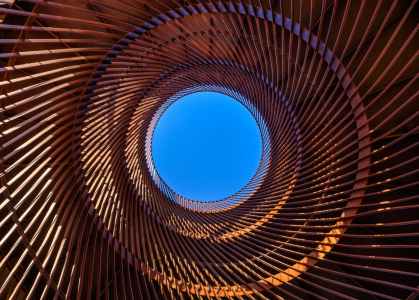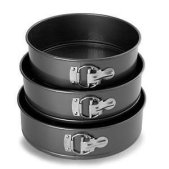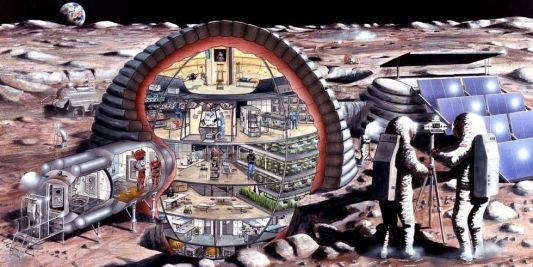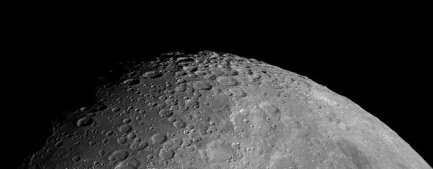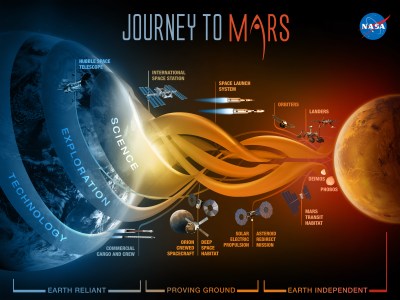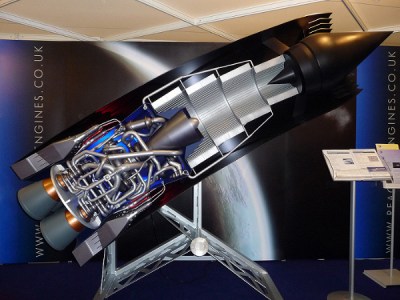Tunnel boring machines have been with us for a long time. They built the Channel between England and France, traversed the Alps; and the Super Villain, Elon Musk, is also nurturing a startup, The Boring Company, to try to make the slow process outrun their mascot snail on Earth. Tunneling the Moon would be a daunting task, considering that these machines usually weigh hundreds of metric tons and that the subsurface is a scientific riddle. However, there might be a way around this. A very lazy way.
The inside-out-tunnel-boring-machine
The first settlers on the Moon will need voluminous, safe and redundant production environments and yet, as busy multi-tasking explorers they will not have time to build houses. Why not have somebody else do it? Why not an entire army?
Tunnel boring machines could inspire us. We could adapt the machine to build long pressurized tunnels above the Moon surface in one continuous fashion. The way to do this is to take a good look at the business end of a standard tunnel boring machine and use this as a sort of sliding end cap for our pressurized structure. Now comes the second innovation. As it moves forward mechanically, a solution of moon dirt and bacteria will be mixed, put into the interface between the finished tunnel and the machine, where it will literally grow cement and concrete bricks into one solid continuous structure.
Bacteria, our little brick layer friends
This process has been successfully explored by Ginger Krieg Dosier, an architect who became a scientist, who became an entrepreneur, who after many years of experimentation, since 2012 uses her expertise to grow these bacteria bricks commercially.
You can find her 2013 TEDxWWF talk here:
Her company, bioMASON, literally cultivates -grows- these bricks in greenhouses. Sand, e.g. desert sand, is inoculated with bacteria who are allowed to grow till the required hardness is reached. Once the nutrients are removed, the bacteria die and the bricks further harden without needing to be fired or baked.
Under pressure
In our Moon machine the bacteria grow on the interface of the pressurized cap and the rest of the tunnel, which we might call the Tubing machine, so they are safe from the vacuum of space. Sectioning the inside of the tunnel into separate parts, prevents loss of pressurization that could damage previous work.
At the same time, a robot arm on the outside of the tubing cap piles up moon regolith on top of the structure, adding shielding material and protecting the bacteria - and the human occupants - from radiation and micrometeorites. Designers can now create a variety of layouts, suitable for the function of the base, going from outward expanding Nautilus sea shell designs (but with a fixed diameter) to multilayered fortresses.
A lightweight no bake cake
The entire system - without feedstock - can easily weigh less than a metric ton upon launch, if the tunnel cap remains within 6 meters diameter. Even then, most weight comes from structures added to make it mobile, powered and smart. We can make it so that this cap, which can be a very lightweight ring of a range of space grade materials, not blow off due to any pressure differential. We simply provide to weight it down with a sufficiently great mass of regolith, equalizing the pressure within the tube with the weight of the cap. Robots, autonomous or remotely operated via telepresence, can supervise and adjust the process. Of course, extra extrusion mouths can be added to add plastic pressure bladders, pressure seals, and insulation foams, as desired. The bacteria just need nutrients -and maybe some relaxing music to take off all this performance pressure.
Et voilà, as we add dirt, air, some heat, nutrients and bacteria, our base continually wiggles and snakes itself towards expansion. A true, living and growing, no-bake architecture fit for the Moon!
ONESTAGETOSPACE is a genuine space effort seeking funds to further develop and build its MARVELOUS reusable vehicle. An innovative design allows us to decimate the operational cost of both orbital and interplanetary crewed missions, from surface to surface, over even the best industry competitors. This maturing site allows us to talk about our vehicle and to share stories about projects and people that or who inspire us on our long journey. If there is a story you feel we should cover, or a person that would like to be interviewed, let us know. Subscribe, like, share or support us with time, money or advice to help bring this project to fruition. It is ONESTAGETOSPACE, and you can become part of the adventure.

